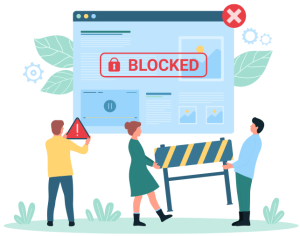If young people are hearing that marijuana is fun and harmless because it’s natural, then they’re missing the facts. Marijuana contains over 400 different chemicals, is highly addictive and is more po...
You're almost there...
Register or Login to your account to view requested content.

Joining the Cyber Safety Plus Membership has many benefits including:
- Exclusive Articles and Practical Advice
- Extensive Online Training Library
- Monthly Live Zoom Meetings
- Supportive Parent Community
- And More!


